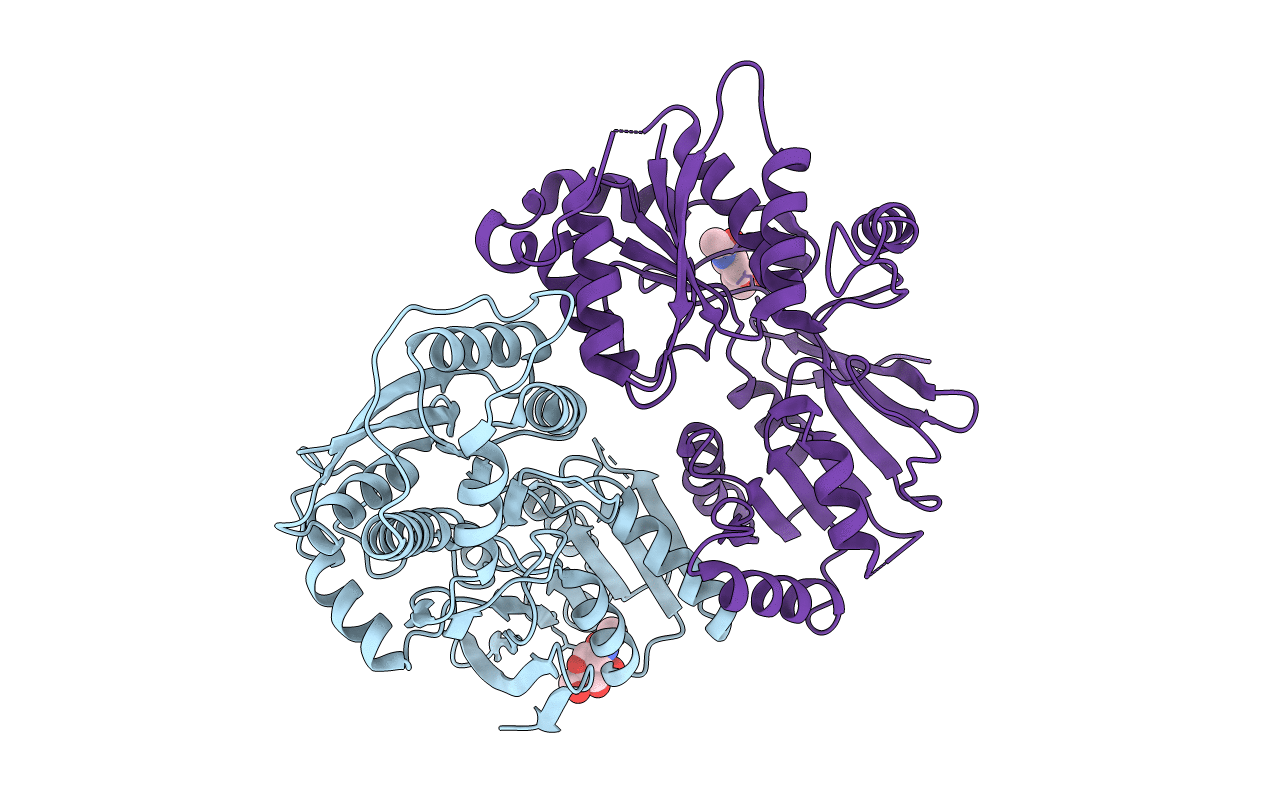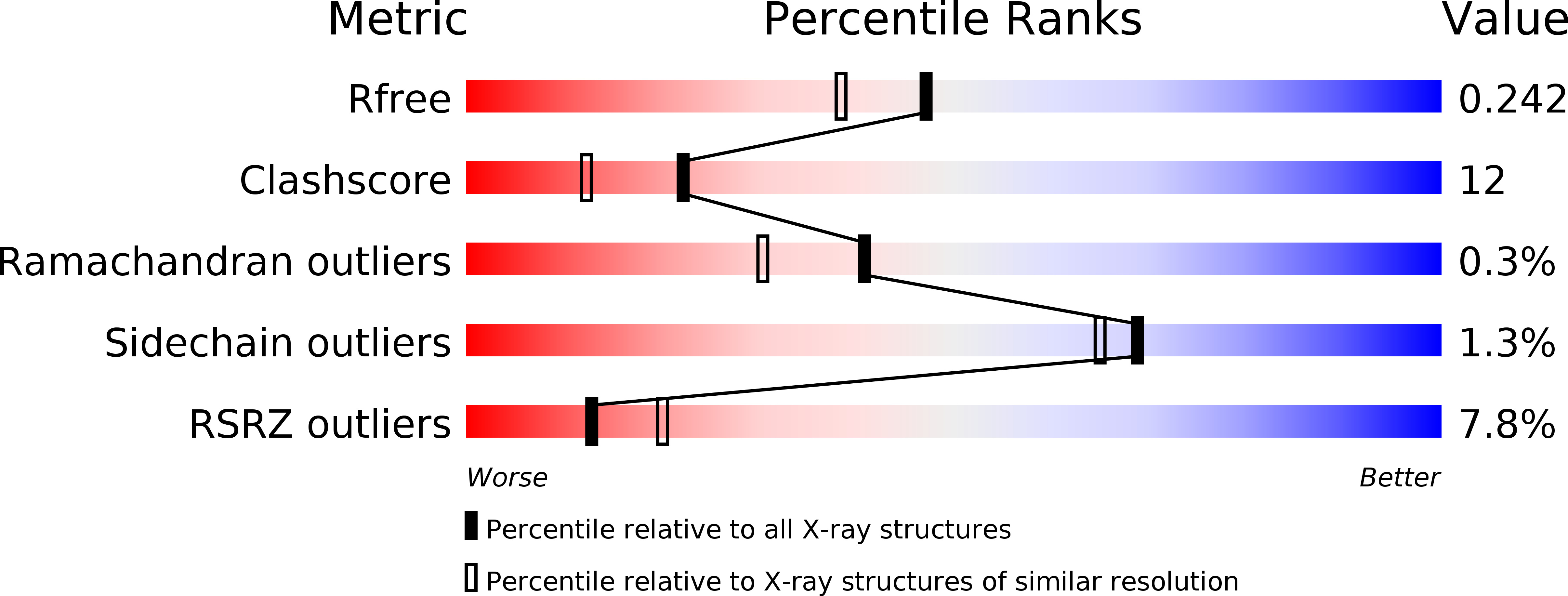
Deposition Date
2010-07-22
Release Date
2011-03-09
Last Version Date
2024-11-06
Entry Detail
PDB ID:
3O2J
Keywords:
Title:
Structure of the GluA2 NTD-dimer interface mutant, N54A
Biological Source:
Source Organism:
Rattus norvegicus (Taxon ID: 10116)
Host Organism:
Method Details:
Experimental Method:
Resolution:
1.95 Å
R-Value Free:
0.24
R-Value Work:
0.19
R-Value Observed:
0.19
Space Group:
P 21 21 21


